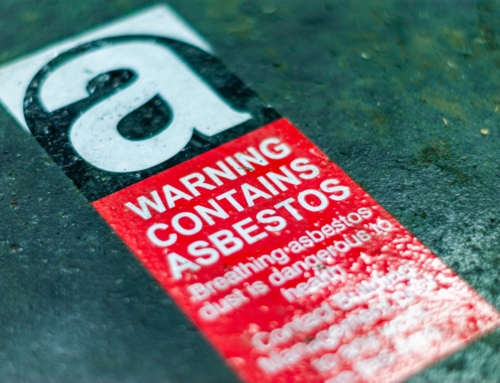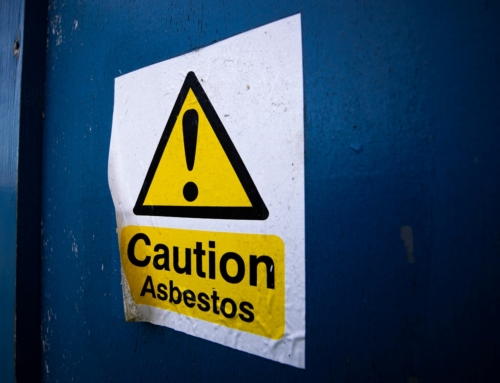With the risks well known, domestic and commercial asbestos removals are common. However, if this isn’t possible, there is another solution available that a professional can advise about suitability. If you don’t want a complete removal, asbestos encapsulation is an alternative method to manage the risks.

If you want to know more about asbestos encapsulation, including its safety, suitability, benefits and how the process works, read on.
What is asbestos encapsulation?
Asbestos encapsulation is a method of sealing and containing asbestos fibres within a protective coating applied by professionals. Rather than removing asbestos-containing materials (ACMs), encapsulation techniques involve using a special sealant. This forms a shield over the asbestos to prevent the release of harmful microscopic fibres, which can cause major health issues if inhaled. Encapsulation is often considered when complete asbestos removal is too challenging or impractical.
Is asbestos encapsulation safe?
If the process is carried out by trained asbestos professionals using approved methods, asbestos encapsulation is considered safe and effective in managing ACMs when removal isn’t possible. The encapsulation process reduces the risk of fibre inhalation. Encapsulation should only be carried out by licensed asbestos contractors to ensure compliance with safety regulations and standards.
Asbestos removals vs encapsulation – which is best?
Choosing between asbestos removal and encapsulation depends on the condition of the asbestos, the different risks involved and the feasibility of removal. Complete asbestos removal is usually preferred, especially when materials are damaged or if a renovation or demolition is planned.
However, encapsulation is suitable in cases where removal is difficult or there’s minimal existing damage and the asbestos is currently stable. Each case should be assessed individually, considering the affected material, safety, cost, building occupancy, ease of access and long-term asbestos management.
What happens during asbestos encapsulation?
The asbestos encapsulation process involves several steps. There will be an in-depth asbestos survey to determine the condition of materials and the site’s suitability for the work. Surfaces containing asbestos are prepared by cleaning and removing any loose debris. In some cases, a primer may be applied to aid adhesion.
The sealant will be carefully applied to form an effective coating and barrier. It’s then allowed to cure and harden, creating a durable protective layer over the asbestos-containing materials. After encapsulation, the site undergoes a thorough inspection to ensure the effectiveness of the process. Any touch-ups or additional coats are applied as necessary.
How long does asbestos encapsulation last?
The longevity of asbestos encapsulation depends on the type of sealant used, environmental conditions and the integrity of the surface covered. When performed correctly, asbestos encapsulation can provide long-term protection, effectively containing asbestos fibres for an extended period.
Routine inspections, asbestos surveys and maintenance are recommended to monitor the condition of the encapsulated materials and address any issues fast. You may find it’s best to consider asbestos removal in the long run.
Considering asbestos encapsulation or removal services? Request a survey now
Goodbye Asbestos offers expert asbestos services, covering locations such as Gosport, Guildford and Hammersmith. To arrange an asbestos survey and quote, get in touch.




